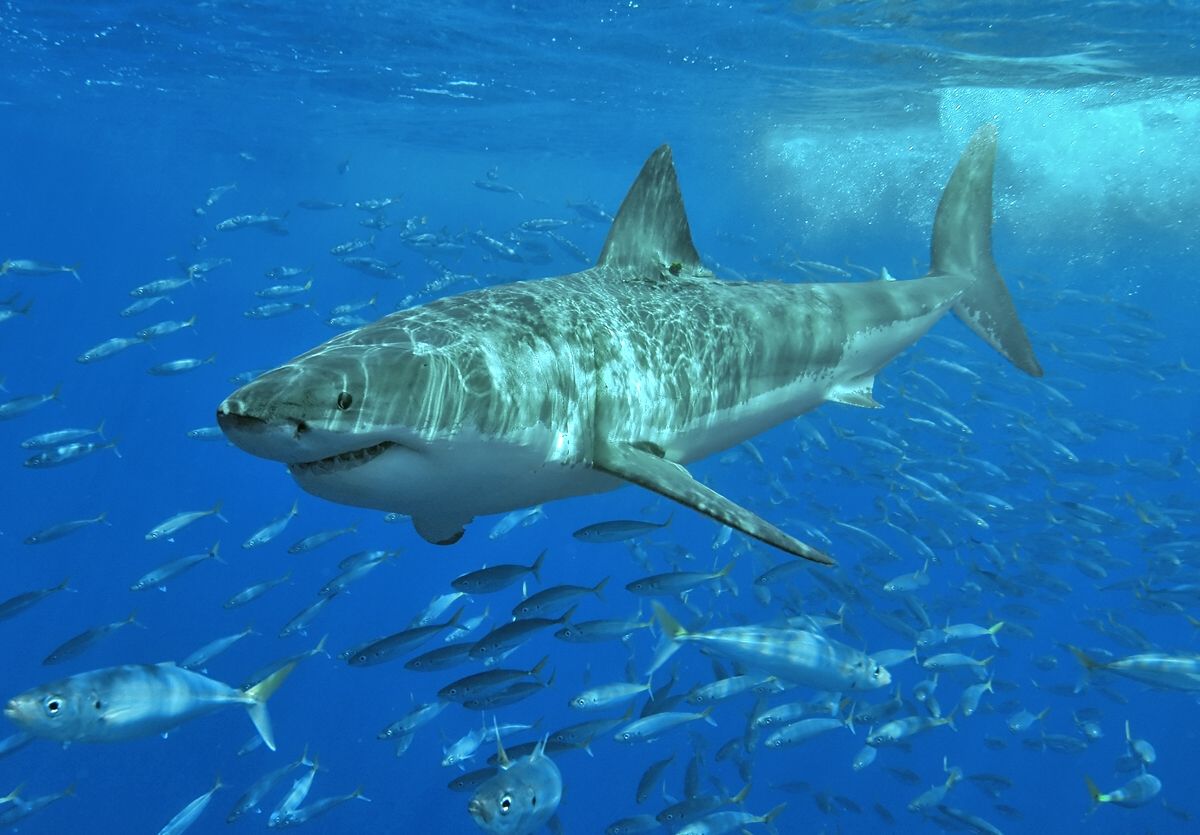
Countershading is a fascinating natural phenomenon that helps animals blend into their surroundings. This clever adaptation involves having a darker color on the upper side of the body and a lighter color on the underside. Why do animals use countershading? Animals use countershading to avoid predators and increase their chances of survival. This unique coloration makes it harder for predators to spot them from above or below. From the deep ocean to dense forests, countershading can be found in various species, including fish, birds, and mammals. Understanding this natural camouflage can give us insights into the survival strategies of different animals. Ready to learn more? Let's dive into 27 intriguing facts about countershading!
What is Countershading?
Countershading is a fascinating form of camouflage used by many animals. This natural phenomenon helps creatures blend into their surroundings, making it harder for predators to spot them. Let's dive into some intriguing facts about countershading.
-
Countershading involves animals having darker colors on their upper side and lighter colors on their underside.
-
This type of camouflage helps animals blend into their environment from different angles.
-
Countershading is common in both terrestrial and aquatic animals.
How Countershading Works
Understanding how countershading works can give us a deeper appreciation for this natural adaptation. Here are some key points:
-
When viewed from above, the darker upper side blends with the ground or ocean floor.
-
When viewed from below, the lighter underside matches the brighter sky or water surface.
-
This dual coloration creates an optical illusion, making the animal appear flat and less noticeable.
Examples of Countershading in Nature
Many animals use countershading to their advantage. Here are some examples:
-
Sharks have a dark gray top and a white belly, helping them sneak up on prey.
-
Deer have a brown back and a white belly, blending into the forest floor and sky.
-
Penguins have black backs and white fronts, making them hard to spot in the water.
Evolutionary Advantages of Countershading
Countershading offers several evolutionary benefits. Let's explore these advantages:
-
It reduces the risk of predation by making animals less visible.
-
It helps predators approach prey without being detected.
-
It can also aid in thermoregulation by reflecting or absorbing sunlight.
Countershading in Birds
Birds are another group that benefits from countershading. Here are some interesting facts:
-
Many birds have darker feathers on their backs and lighter feathers on their bellies.
-
This coloration helps them blend into the sky when viewed from below.
-
It also makes them less visible to predators when perched in trees.
Countershading in Marine Life
Marine animals often use countershading to stay hidden in the vast ocean. Here are some examples:
-
Dolphins have a dark gray back and a light gray belly, helping them blend into the ocean.
-
Fish like tuna and mackerel have similar coloration for the same reason.
-
Even some species of whales use countershading to avoid predators.
Countershading in Insects
Insects also use countershading to avoid predators. Here are some examples:
-
Caterpillars often have darker tops and lighter undersides, blending into leaves.
-
Some beetles use countershading to hide from birds and other predators.
-
Butterflies and moths also use this technique to avoid being eaten.
Countershading in Reptiles and Amphibians
Reptiles and amphibians are not left out when it comes to countershading. Here are some examples:
-
Frogs often have darker backs and lighter bellies, blending into their surroundings.
-
Some lizards use countershading to hide from birds and other predators.
-
Snakes like the garter snake have a dark top and a light underside for camouflage.
Human Applications of Countershading
Humans have also taken inspiration from countershading. Here are some examples:
-
Military uniforms often use countershading to help soldiers blend into their environment.
-
Some vehicles, like tanks and ships, use countershading for camouflage.
-
Artists and designers use countershading techniques to create visual effects in their work.
The Magic of Countershading
Countershading is a fascinating adaptation in the animal kingdom. It’s a clever way for creatures to blend into their surroundings, making it harder for predators to spot them. This natural camouflage is seen in many animals, from fish to birds to mammals. By having darker colors on their upper side and lighter colors on their underside, these animals can effectively hide in plain sight.
Understanding countershading helps us appreciate the incredible ways animals have evolved to survive. It’s a reminder of nature’s ingenuity and the constant battle for survival in the wild. Next time you see an animal with this unique coloration, you’ll know it’s not just about looking cool—it’s a vital survival strategy.
So, keep an eye out for these masters of disguise. They’re all around us, using their natural camouflage to stay safe and thrive in their environments.
Was this page helpful?
Our commitment to delivering trustworthy and engaging content is at the heart of what we do. Each fact on our site is contributed by real users like you, bringing a wealth of diverse insights and information. To ensure the highest standards of accuracy and reliability, our dedicated editors meticulously review each submission. This process guarantees that the facts we share are not only fascinating but also credible. Trust in our commitment to quality and authenticity as you explore and learn with us.
